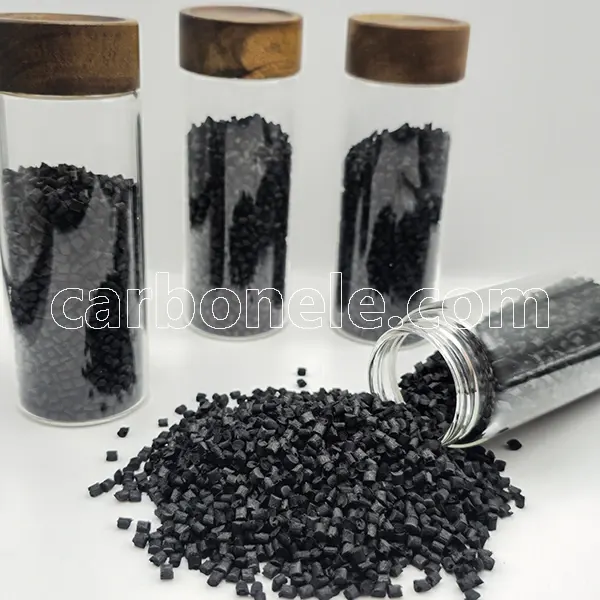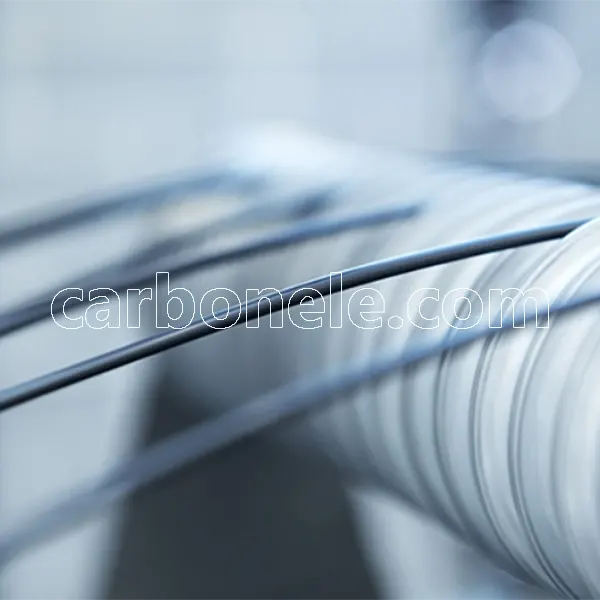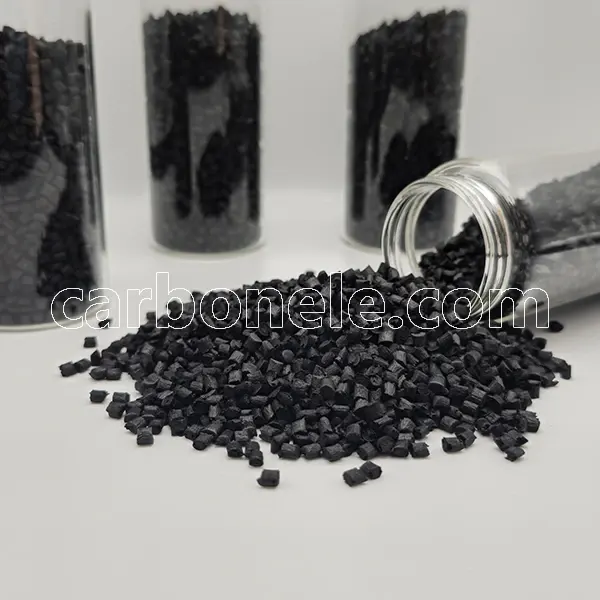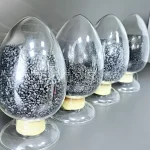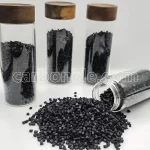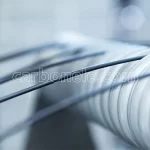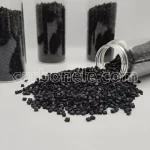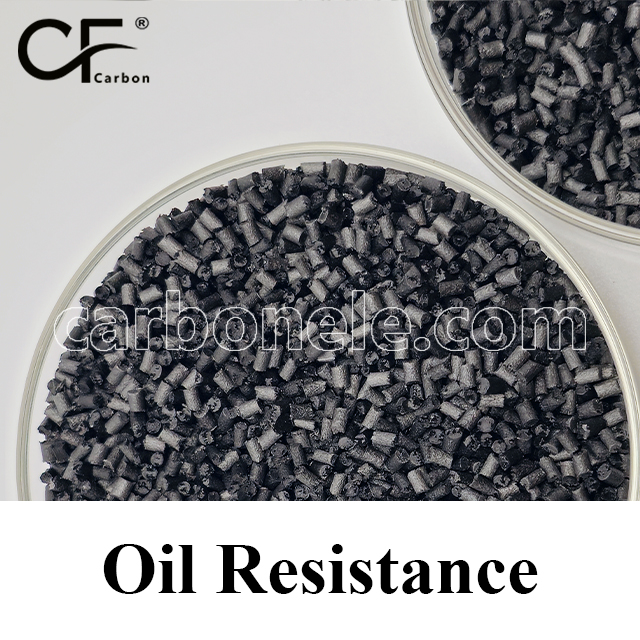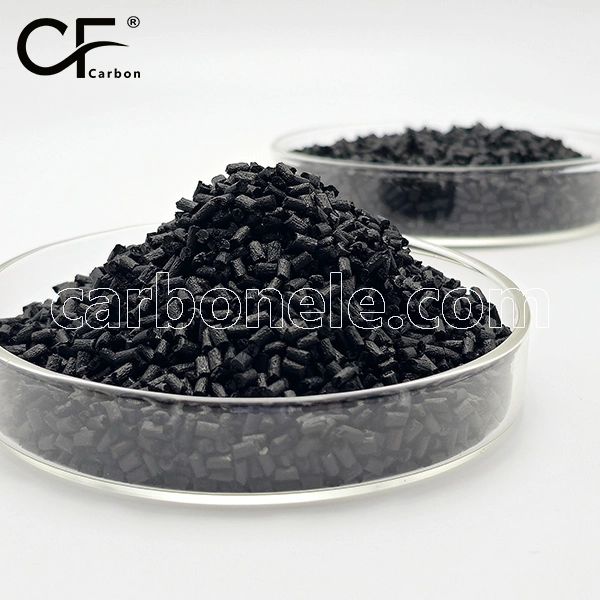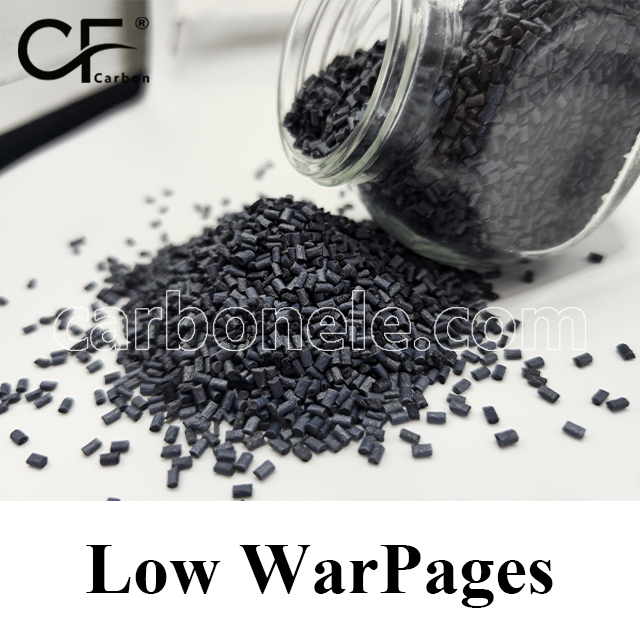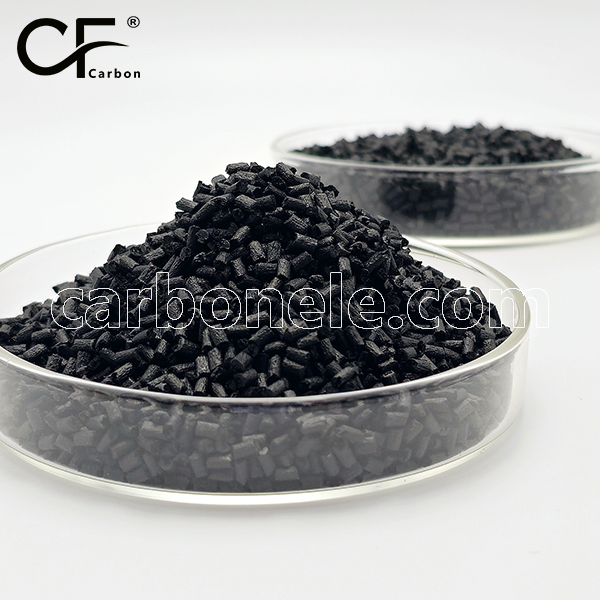
Conductive Nylon PA MXD6 CF10 For Wear-resistant High Strength Parts
MXD6 CF10 combines MXD6 nylon with 10% carbon fiber reinforcement, offering superior strength, wear resistance, and dimensional stability, ideal for high-performance applications in automotive, industrial, and consumer electronics sectors.
- Manufacturer: Carbon New Material
- OEM/ODM: Acceptable
- Color: Black
- Free Samples: ≤25kgs
- MOQ: 100kgs
- Port: Xiamen
- Model No.: MXD6-CF-BCA1
What is MXD6 CF10?
MXD6 CF10: Advanced Material for Wear-resistant High Strength Parts
In the realm of engineering and manufacturing, the quest for materials that offer both high strength and wear resistance is unending.
MXD6 CF10 emerges as a standout solution in this pursuit, combining the desirable properties of both a thermoplastic and a reinforcing agent.
This composite material holds promise across various industries where durability, reliability, and performance under demanding conditions are paramount.
MXD6 CF10 is a composite material composed of MXD6, a high-performance polyamide, reinforced with 10% carbon fiber. Each component contributes distinct characteristics that synergize to create a material greater than the sum of its parts.
MXD6, or Meta-xylylene diamine, is known for its exceptional chemical resistance, low moisture absorption, and high barrier properties against gases.
These inherent qualities make MXD6 an ideal candidate for applications requiring robustness in harsh environments, such as automotive components, industrial machinery, and consumer electronics.
The addition of carbon fiber further elevates MXD6 CF10 by enhancing its mechanical properties. Carbon fiber is renowned for its high strength-to-weight ratio, stiffness, and resistance to fatigue and impact.
When integrated into MXD6, these properties translate into a material capable of withstanding high stresses and mechanical loads while maintaining dimensional stability and structural integrity over extended periods.
The synergy between MXD6 and carbon fiber manifests in several key advantages
1. Enhanced Strength: MXD6 CF10 exhibits significantly higher tensile strength and modulus compared to unreinforced thermoplastics. This attribute is crucial for parts subjected to mechanical stresses and load-bearing applications.
2. Improved Wear Resistance: The presence of carbon fiber enhances the material’s resistance to wear and abrasion, extending the lifespan of components in dynamic operating conditions.
3. Dimensional Stability: Minimal creep and excellent dimensional stability under varying temperatures ensure consistent performance across a wide range of operational environments.
4. Chemical Resistance: MXD6 CF10’s resistance to chemicals and solvents makes it suitable for applications where exposure to harsh substances is common.
5. Reduced Weight: Despite its reinforced nature, MXD6 CF10 remains lightweight, contributing to overall weight reduction in assemblies without compromising on strength and durability.
Applications of MXD6 CF10 span diverse sectors
– Automotive: Components such as gears, bearings, and housings benefit from MXD6 CF10’s combination of strength and wear resistance, contributing to improved reliability and efficiency.
– Industrial Machinery: Parts exposed to high mechanical stresses, such as conveyor belts, pump components, and valve seals, leverage the material’s robustness and longevity.
– Consumer Electronics: Housings and structural components in electronic devices require materials that can withstand frequent handling and environmental exposure, making MXD6 CF10 a suitable choice.
– Aerospace: Certain non-structural components in aircraft and spacecraft, including interior fittings and housings for avionics, benefit from the material’s lightweight properties and durability.
The adoption of MXD6 CF10 is further facilitated by its processability. The material can be injection molded, extruded, or thermoformed, allowing manufacturers flexibility in design and production.
This versatility extends its applicability across a wide spectrum of complex geometries and functional requirements.
MXD6 CF10 represents a significant advancement in materials science, offering a compelling combination of high strength, wear resistance, and chemical resilience.
Its adoption in industries ranging from automotive to aerospace underscores its versatility and performance under demanding conditions.
As technology continues to evolve, materials like MXD6 CF10 pave the way for more efficient, durable, and sustainable solutions in engineering and manufacturing.
By harnessing the unique properties of MXD6 and carbon fiber, engineers and designers can innovate with confidence, knowing they have a material that meets the challenges of today’s dynamic industrial landscape.
What is MXD6?
MXD6, or poly(m-phenylenediamine adipamide), is a crystalline nylon resin synthesized through a polycondensation reaction using m-phenylenediamine and adipic acid.
This semi-aromatic nylon material boasts exceptional properties including high barrier capabilities, low water absorption, and ease of processing.
MXD6 exhibits impressive toughness, strong wear resistance, oil resistance, shock resistance, high tensile and bending strength, along with good dimensional stability.
These attributes make it highly suitable for various applications:
In manufacturing, MXD6 is utilized for producing wear-resistant high-strength parts. Its durability and resilience against abrasion and impact ensure long-term performance in demanding environments.
Additionally, MXD6 is employed in packaging for food and beverages, where its barrier properties and low moisture absorption preserve product freshness.
In instrument packaging, MXD6 serves as moisture-proof and vibration-absorbing material, protecting sensitive equipment.
It is also used in magnetic plastics for its ability to retain magnetic properties, and in transparent adhesives due to its clarity and adhesive compatibility.
Overall, MXD6 stands out as a versatile material contributing to advancements in various industries, from automotive to electronics, due to its unique combination of properties and ease of processing.
Read more info about CFRTPs, kindly click here, please.
What's MXD6?
MXD6 features: 1. High rigidity and high surface quality 2. Low water absorption and anti-warping properties 3. Good gas barrier properties 4. Thermal stability 5. Wide application areas MXD6 can be used to manufacture packaging films with high barrier properties, such as food packaging with high gas barrier properties, such as retort bags, cheese, ham and fried foods. In addition, it can also be co-extruded or co-injected with materials such as PET, PP or PE and HEDP to manufacture multi-layer containers or films, which are widely used in the packaging industry.
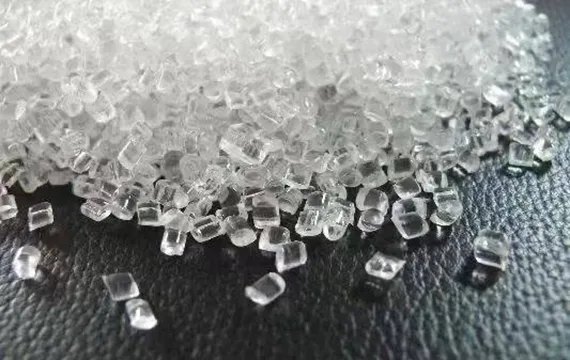
Frequently Asked Questions
Carbon (Xiamen) New Material Co., Ltd. aims to provide buyers with "one-stop" worry-free high-quality services. Here you can find all information about carbon fiber engineering plastics. If you still have questions, please send us an email for consultation!
-
How can I contact the manufacturer of a product that interests me?
When you find a product you are interested in, you can contact the manufacturer directly by sending an email and we will get back to you as soon as possible.
-
How do I find the products that interest me?
All you need to do is enter the keyword, product name in the search window and press the Enter key on your keyboard. Your search results page will then be displayed. You can also search within the product category pages on the home page. Each category is divided into subcategories, allowing you to refine your search and find products that interest you.
-
Where will I find a buying guide?
Please contact our after-sales service directly and we will provide you with a comprehensive operating guide.
-
What are CF Reinforced Thermoplastic Composites?
CF Reinforced Thermoplastic Composites are materials where carbon fibers are incorporated into a thermoplastic matrix. They combine the strength and stiffness of carbon fibers with the processability and recyclability of thermoplastics. For instance, they are used in automotive parts like bumper beams.
-
What are the benefits of CF Reinforced Thermoplastic Composites over traditional composites?
The key benefits include faster production cycles, easier recyclability, and better impact resistance. They also offer design flexibility. An example is in the manufacturing of consumer electronics casings where complex shapes can be achieved more easily.
-
How are CF Reinforced Thermoplastic Composites processed?
Common processing methods include injection molding, extrusion, and compression molding. Injection molding is widely used for mass production. For example, in the production of small components for the medical industry.
-
What industries use CF Reinforced Thermoplastic Composites?
They are utilized in aerospace, automotive, medical, and sports equipment industries. In aerospace, they can be found in interior components. In the medical field, they might be used in prosthetics.
-
How does the carbon fiber content affect the properties of the composites?
Higher carbon fiber content generally leads to increased strength and stiffness but may reduce ductility. A moderate content is often balanced for specific applications. For example, a higher content might be preferred in structural parts of a race car.
-
What are the challenges in using CF Reinforced Thermoplastic Composites?
Challenges include higher material costs, complex processing equipment requirements, and ensuring uniform fiber dispersion. Issues with adhesion between the fibers and the matrix can also arise. An example is in achieving consistent quality in large-scale production.









